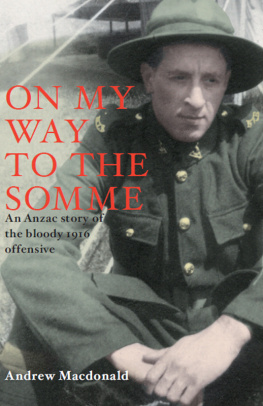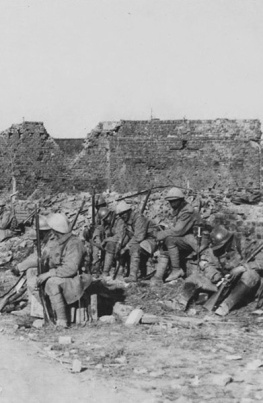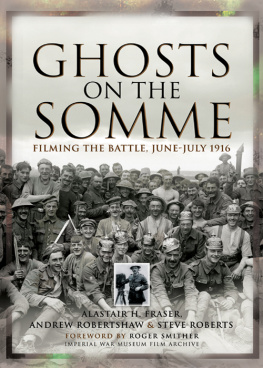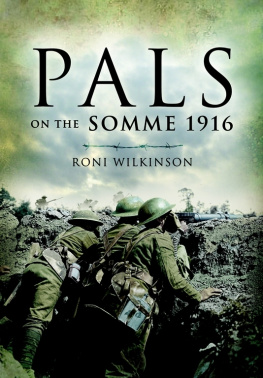First published in Great Britain in 2018 by
PEN & SWORD MILITARY
an imprint of
Pen & Sword Books Ltd,
47 Church Street,
Barnsley,
South Yorkshire
S70 2AS
Copyright Pen and Sword Books Limited, 2018
Every effort has been made to trace the copyright of all the photographs.
If there are unintentional omissions, please contact the publisher in writing, who will correct all subsequent editions.
ISBN 978 1 52672 548 6
eISBN 978 1 52672 549 3
Mobi ISBN 978 1 52672 550 9
The right of Ian Sumner to be identified as Author of this Work has been asserted by him in accordance with the Copyright, Designs and Patents Act 1988.
A CIP record for this book is available from the British Library.
All rights reserved. No part of this book may be reproduced or transmitted in any form or by any means, electronic or mechanical including photocopying, recording or by any information storage and retrieval system, without permission from the Publisher in writing.
Pen & Sword Aviation, Pen & Sword Family History, Pen & Sword Maritime, Pen & Sword Military, Pen & Sword Discovery, Wharncliffe Local History, Wharncliffe True Crime, Wharncliffe Transport, Pen and Sword Select, Pen and Sword Military Classics, Leo Cooper, The Praetorian Press, Remember When, Seaforth Publishing and Frontline Publishing.
For a complete list of Pen & Sword titles please contact
Pen & Sword Books Limited
47 Church Street, Barnsley, South Yorkshire, S70 2AS, England
E-mail:
Website: www.pen-and-sword.co.uk
Introduction and Acknowledgements
C lose to the open northern border of France, the Somme valley and its surrounding chalk downlands have long been a battleground.
In the course of their passage, with fire and steel, the enemy surpassed themselves in cruelty, inhumanity and barbarity. They rampaged through Picardy, destroying everything in their path Not satisfied with killing men, they tore them to pieces they abused women, bashed infants against walls After they withdrew dead bodies, bones and animal carcasses littered the ground all over upper Picardy.
These words date not from 1916, nor 1914, nor even the Franco-German war of 18701, when battles were fought at Pont-Noyelles, Bapaume and Saint-Quentin. Instead they were written in 1636, during the Thirty Years War, and the invaders were not German but Spanish halted on the river Somme, at Corbie, just east of Amiens.
With its multiple branches, few crossings and, from 1843 onwards, an adjoining canal, the Somme presented a formidable obstacle to invaders. Rising north-east of the fortress town of Saint-Quentin, the river changes direction several times as it meanders through the dpartement that bears its name. In the area of the 1916 battlefield, it first flows north-westwards between the fortress towns of Ham and Pronne, then turns west, describing great horseshoe loops as far as the regional capital, Amiens, where it finally swings north-west once more en route to the sea. The Somme and its tributaries principally the Ancre to the north, and the Avre to the south cut steep-sided valleys some 50m deep, separating areas of open plateau covered by a layer of loam over impermeable clay that turns quickly to mud, even in a heavy summer shower. Meanwhile the valley bottoms are broad and marshy, dotted with many small streams permanent and seasonal.
The Franco-British offensive launched here on 1 July 1916 was planned as the major operation on the Western Front that year, part of a wider scheme of orchestrated Allied offensives that also encompassed Russia, Italy and the Balkans. For Britain, the Somme has acquired mythic status, its huge sacrifice of life for limited, hard-won gains coming to symbolize the First World War. For France, in contrast, the focus of remembrance is the contemporaneous struggle to halt the Germans at Verdun, an epic of endurance that cost the nation a million men dead, missing and wounded. The role of French forces on the Somme, and their considerable success in the early weeks of the battle, has thus been largely eclipsed: with few exceptions, Anglophone writers cast the battle in purely British terms; their French counterparts focus on Verdun.
This book aims to help address this lacuna, illuminate a neglected aspect of the battle and give due recognition to the contribution made by French troops. I extend my thanks to all who have helped in its writing, particularly my wife Margaret, for her translating and editing skills, but also the staffs of the Service Historique de la Dfense at Vincennes, the Bibliothque Nationale in Paris, the municipal libraries of Albi, Dijon, Meaux and Tours, and the British Library. Like my previous titles in the Images of War series, the photographs used are drawn from the exceptionally rich French official archive held by the Bibliothque de Documentation Internationale et Contemporaine, Universit de Paris-Nanterre. My thanks go to them and the following named photographers:
Allard: frontispiece, 66 (bottom), 108 (top), 128 (top), 130 (top) de Boissires: 19 Branger: 31 de Camondo: 53 (top), 116 (top), 138 (top) Canet de Chizy: 73 (bottom) Chnau: 16 (top) Frrejouan du Saint: 143 (top) Gallier: 14 (top), 62 (top) Gurdan: 142 (bottom) Lapido: 21 (bottom) Malicet: 13 (bottom) Malroux: 22 (top), 23 (top) | Moreau: 30 (bottom), 34 (bottom), 35 (top) Muraz: 134 Olivetti: 21 (top), 25 (both), 28 (bottom), 33 (top), 36 Peyval: 65 (top), 104 (top), 123 (top) Pompe: 15, 20 (top), 28, 29 (top), 33 (bottom) de Preissac: 37 (both) Reussner: 59 (top), 60 (bottom), 65 (bottom), 72 (bottom) Roumens: 82 Rouyer: 52 (top) Simon: 16 (bottom), 30 (top) |
Note: Unless otherwise stated, all dates are 1916 and all places lie in the dpartement of the Somme. Some locations came at different times under French and under British control. These are: Bois dAnderlu = Anderlu Wood; Bois de Bernafay = Bernafay Wood; Ferme de Bronfay = Bronfay Farm; Bois des Loges = Lodge Wood; Ferme de Monacu = Monacu Farm; Ferme de Toutvent (now Touvent) = Toutvent Farm; Bois de Trnes = Trnes Wood; Bois Y = Y Wood.
Every effort has been made to avoid infringements of copyright and all omissions are unintentional. If this has occurred, please contact the publisher who will include the appropriate credit in future printings and editions.















